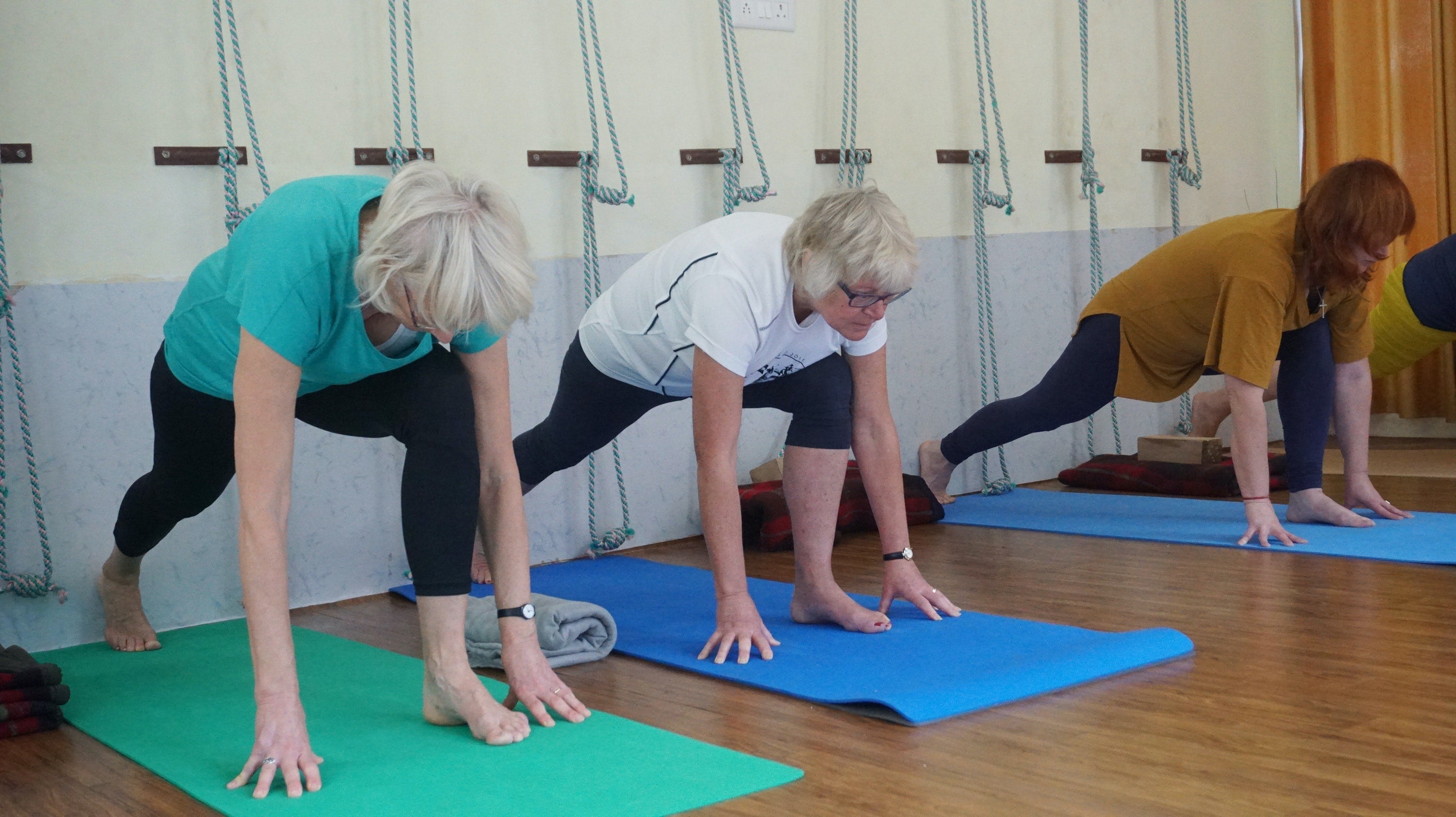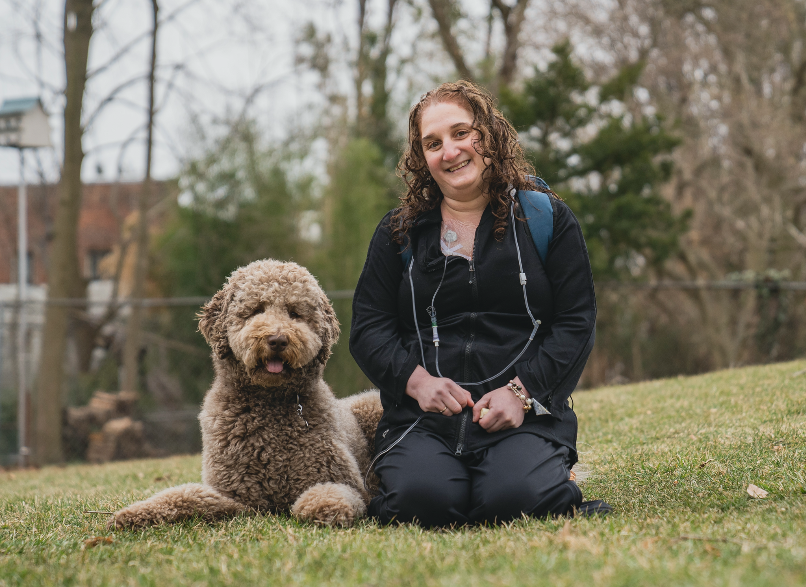So, you’re having rotator cuff surgery. Now what? Here are 10 things you need to know!
- Ice, ice baby! Following your surgery, you’ll need to intermittently ice your shoulder for approximately 20 minutes at a time. Grab a towel and wrap the ice pack to avoid getting your shoulder. Wearing adaptive clothing like the Reboundwear tops above will provide easy-access for that ice!
- Count sheep (and prop up on pillows) While rest and sleep are super important for any recovery, it might be hard to get comfortable right after surgery. Try sitting up in a comfy chair, or propping up your arm on pillows.
- Follow your physician’s advice Whether it’s a pre- or post-surgery fitness plan, icing routine, or bandage protocol, always follow your physician’s advice. It might be oh-so tempting to skip icing one day or push yourself too hard if you’re feeling strong, but listening to a professional is always a good idea.
- Work towards a goal You may feel disheartened due to your injury or surgery (trust us, we’ve all been there), and imagining doing activities you used to love might seem like a far off dream. Setting a goal like going on a camping trip or taking tennis lessons down the line (with your physician’s permission, of course!) can help motivate you to do all you can to help your shoulder heal.
- Wear something easy to put on post-surgery Wear something easy to put on post-surgery. With lots of zippers including openings at the shoulders, side seams, and tops, Reboundwear’s tops make it easy for you to put them on post-surgery, as well as providing easy access for physicians and physical therapists. The last thing you need is to reinjure yourself putting on your clothes! And who wants to be in an unsightly hospital gown any longer than they need to?
- You’ll need to wear a supportive sling Not only does a sling offer the physical support to heal, but it’s also visual reminder to yourself and those around you that you are, in fact, still healing. Without the sling, you may be tempted to push yourself too much, and either reinjure yourself or slow the healing process. While it may be tempting to remove the sling as you begin to heal, always heed your physician’s recommendation in order to heal as quickly as possible.
- Physical therapy is a must Post-surgery physical therapy is one of the most important steps towards healing. This not only includes exercises at your PT’s office, but also the “homework” they might give you--which can be all-too-tempting to skip. Commit to the full PT program--you’ll thank yourself later.
- Ask for Help Post-surgery, try to avoid reaching for something heavy up on that top shelf--either ask someone to retrieve the item for you, or pre-surgery, make sure that anything you may need is easily accessible.
- Patience is a Virtue (and also oh-so important post-surgery) While you can typically begin using your arm for writing, eating and drinking within a few days or weeks following surgery, it can take from four to six months to fully heal. Be patient--giving yourself time to properly heal will help prevent injury later on.
- Exercise While it may feel counterintuitive at first, staying fit and active will help prevent future rotator cuff injuries. Just make sure to check with your doctor before you resume normal activity!




Leave a comment
All comments are moderated before being published.
This site is protected by hCaptcha and the hCaptcha Privacy Policy and Terms of Service apply.